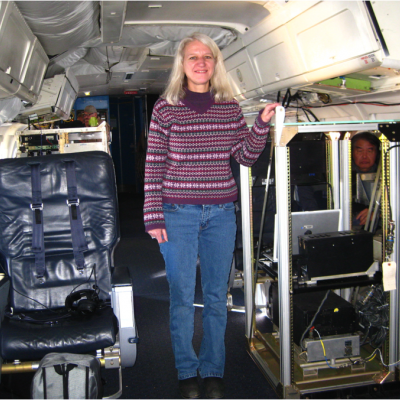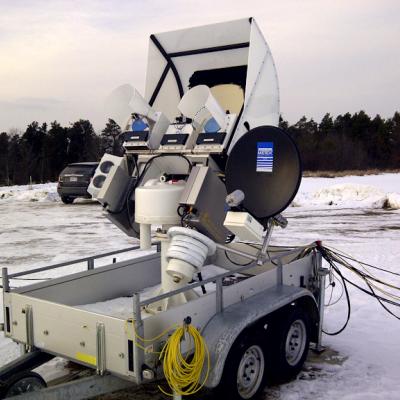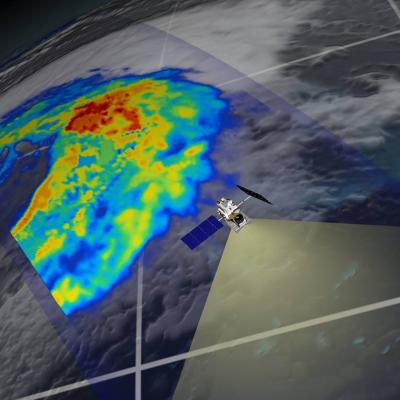Up in the Air in the DC-8 Over the Weekend
Gail Skofronick-Jackson is the Deputy Project Scientist for GPM at Goddard Space Flight Center in Greenbelt, Md. She specializes in the remote sensing of snow, and is currently in Bangor, Maine where the DC-8 airborne research laboratory is stationed for the GCPEx campaign. She wrote to us over the weekend about Saturday's flight to get background measurements from no-snow conditions. Interior of the DC-8 plane. Look at all that legroom! Credit: NASA / Gail Skofronick-Jackson Today we are taking a short flight to measure surface information over our GCPEx field campaign region. It is important




